mitigation: the act of reducing risk of loss or harm from any undesirable event.
Understanding your risk and making an emergency plan can reduce damages and help your household recover more quickly after a disaster. Here are some resources to get you started.
Mitigation is a broad term for the long-term steps you can take to reduce the impacts of natural hazard events. It reduces property risk to hazard events and allows you to return home more quickly after a disaster. The first steps to mitigation at home is to know your risk. By understanding the risk around your home and in the region, you can start small and grow your mitigation skills over time with larger projects.
There are several online mapping products that will assist you in determining your potential risk. These include federal, state, and private party online mapping products. Explore each depending upon your interests and location.
FEMA’s National Risk Index is a new online mapping application that identifies communities that face the most risk from 18 identified natural hazards. Using geographic information system services, the index provides interactive web maps curated at the county- and census tract-level to provide custom analyses and decision support for local communities.
Cal OES My Hazard
Use the CalOES MyHazards address search tool to discover natural hazards specific to your area (including earthquake, flood, fire, and tsunami) and learn steps to reduce personal risk.
Flood Factor
Finally, the FloodFactor tool provides interactive mapping to explore long-term changes to flood risk. Unlike most federal and state flood mapping resources, FloodFactor also accounts for flooding in urban areas due to heavy rainfall alone.
When you live where natural hazard events are possible, why not take the time to protect yourself, your family, and your belongings?
Investing in actions to reduce risks now can mean far less impact from natural hazards. It can also improve property values.
Mitigation doesn’t have to be an ordeal; there are plenty of simple things you can do that don’t involve much work or much time. Start small and work your skills into bigger projects. While you can’t prevent natural events from happening, there are some ways to secure your property to minimize damage and keep your home and those that live there safe.
Based upon the risk mapping in your area, start with the hazards of greatest concern. Efforts vary from person to person and are dependent on property, potential risk and financial resources. There are two types of mitigation at the home; inside and outside your home. Depending on the hazard(s) start a plan working from the inside out. See the resources on this page for each hazard and home mitigation techniques.
READY.GOV
Visit Ready.gov to learn about different types of natural hazards and how to prepare your household or business for these events.
After a major emergency, you should be prepared to have enough food, water, and other essential supplies to last several days. Your kit should contain water, food, lights, basic first aid supplies, and other items such as personal hygiene supplies and copies of important documents. When building an emergency kit, consider the needs specific to your household (such as prescription medications) and your local environment. Store your kit in a safe, accessible location and maintain it as necessary so you’re ready when a disaster strikes.
READY.GOV
Visit Ready.gov/kit for a full list of recommended items to include in a basic emergency supply kit.
BUY A KIT
www.moreprepared.com sells pre-assembled survival kits and other mitigation items.
There are concrete steps steps you can take to reduce damages to your home and property after a disaster. Investing in mitigation before an emergency happens results in cost savings down the road. Use the tabs below to explore mitigation opportunities specific to each hazard type.
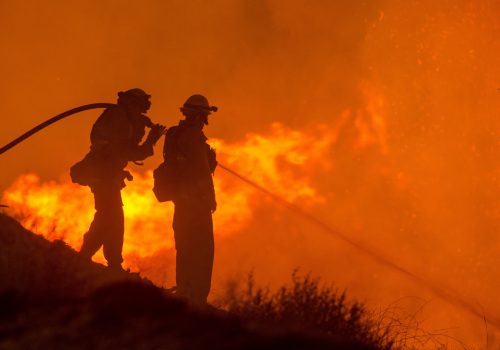

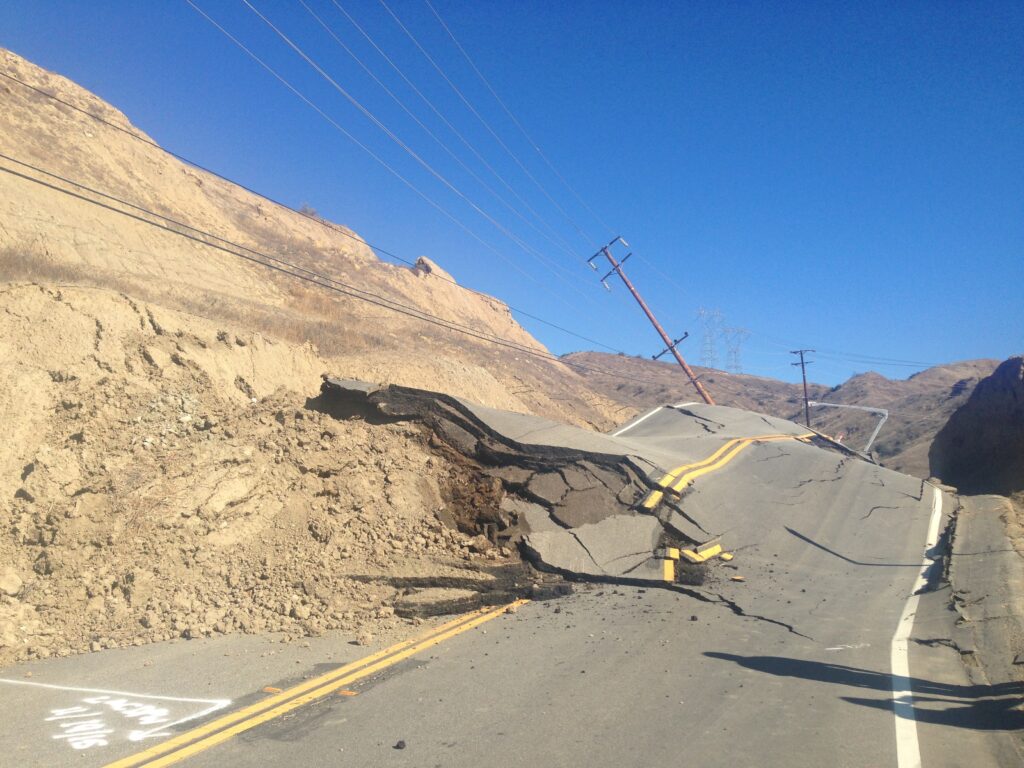

Earthquake Home Hazard Hunt
FEMA recommendations for reducing earthquake hazards in your home.
California Earthquake Brace and Bolt Program
California EBB provides $3,000 grants to be used toward a code-compliant seismic retrofit for houses that qualify. Find out more about the program and if your house qualifies.
Earthquake Safety
American Red Cross recommends earthquake preparation and safety measures for protecting your home, family, and pets or animals.
Mitigation items such as furniture and TV straps, such as Quakehold products, are widely sold at most hardware stores.
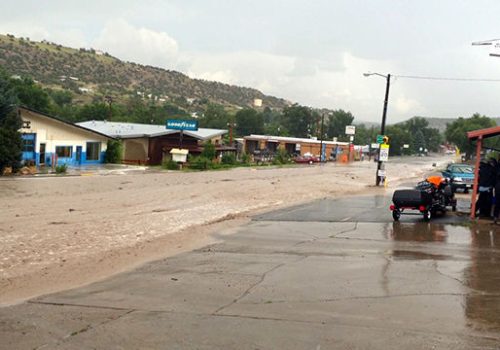
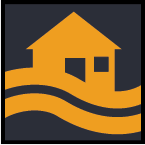
FloodFactor is an innovative mapping tool that approximates flood risk in your local area.
FEMA Flood Mitigation
Tips for preparing your home or workplace, collecting sources of information, developing an emergency communications plan, and knowing what to do when a flood is approaching your home or business.
California Flood Preparedness
Resources from the California Department of Water Resources which includes flood preparation, maps, videos, and other resources.
Flood Preparedness Week
Information on California’s annual Flood Preparedness Week, which includes tips for flood preparation and additional resources.
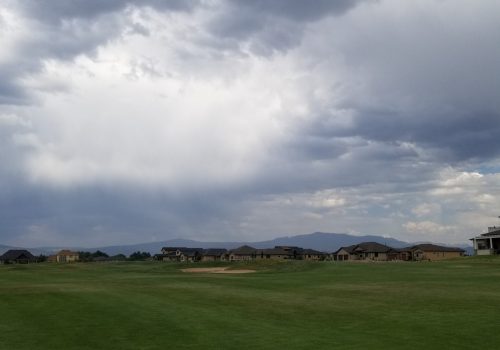
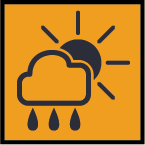
National Association of Home Builders Tips
Tips to equip your home with the accessories it will need to survive a storm.
Severe Weather Preparation
Tips and resources for severe weather including preparation for thunderstorms as well as during and after thunderstorms from the National Weather Service.
California Low Income Home Energy Assistance Program
Qualifying low-income households (annual household income <60% of State Median Income) are eligible for financial assistance to offset the costs of heating and/or cooling dwellings, and/or have their dwellings weatherized to make them more energy efficient.
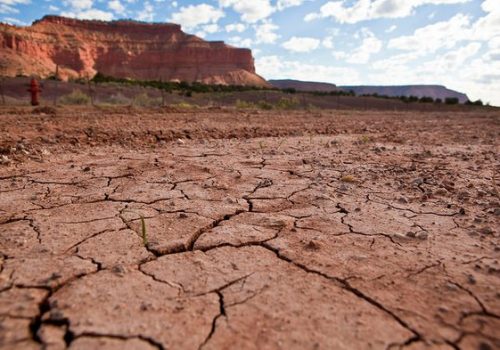

Ready.Gov Drought and Water Conservation Tips
Tips and resources for water conservation in and around the home.
California Water Conservation Resources
Water conservation tips and ways to manage landscapes during drought, as well as low-income rate assistance and water conservation.